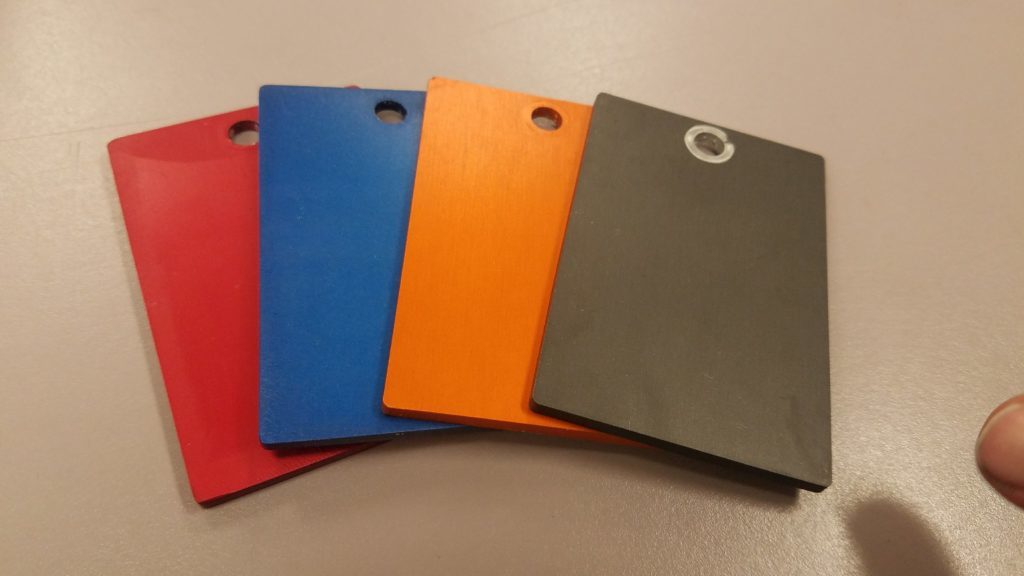Aluminum is an amazing metal. About 8.23% of the earth’s crust is aluminum, making it the most abundant metal in the earth’s crust. It is 2.9 times lighter than iron and 1.7 times lighter than titanium, yet, when mixed with other metals to create alloys it can functionally compete with steel and titanium in many applications.
Aluminum reacts rapidly with oxygen, creating a very thin layer of aluminum oxide on its surface. Aluminum oxide volume is 1.5 times larger than the aluminum used to form the layer. This means that the oxide film is under compressive stress and will not only cover the metal continuously, but can protect the substrate even under deformation. This layer is 2 to 3 nanometers thick. It is impermeable to air, water, and many chemicals. Without this layer, all aluminum would continue to react until it became a pile of aluminum “rust,” and all those aluminum tire rims, pots, airplanes, and backpacking frames would become powder in just a few hours.
Not only is aluminum oxide a good protective layer, but it is very hard and wear resistant. Aluminum oxide has a Mohs hardness rating of 9. In comparison, a diamond is a 10 and a hardened steel file is between a 7 and 8. There are specially produced or rare items that are harder than Aluminum oxide (and some are harder than diamonds), but they are generally man-made or brought to earth by meteorites. Aluminum oxide is also a great insulator. Aluminum is an excellent conductor of electricity, but when it is isolated by Aluminum oxide, it becomes a poor conductor. Naturally occurring Aluminum oxide is known as corundum, sapphire, and ruby. Hence the name of our company, Sapphire Metal Finishing, Inc.
Anodizing is the process of growing a thick layer of Aluminum oxide on the surface of a piece of Aluminum. It makes aluminum chemically resistant, abrasion resistant, and/or electrically non-conductive. Anodizing also makes it possible to dye aluminum. Thick man-made aluminum oxide has small pores that are able to absorb dye. At Sapphire Metal Finishing, we specialize in aluminum anodizing services. We offer a variety of colors, including black, red, orange, blue, tan, olive drab, gold, some miscellaneous colors and undyed/clear/gray anodizing. Contact us today to learn more!

